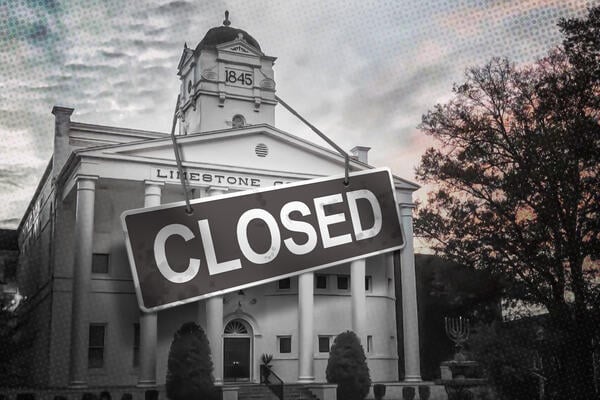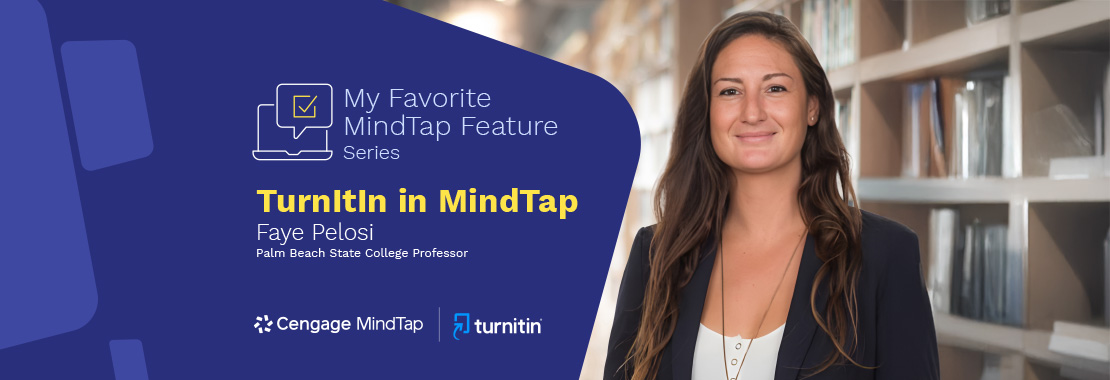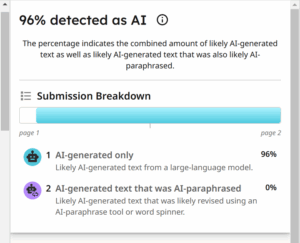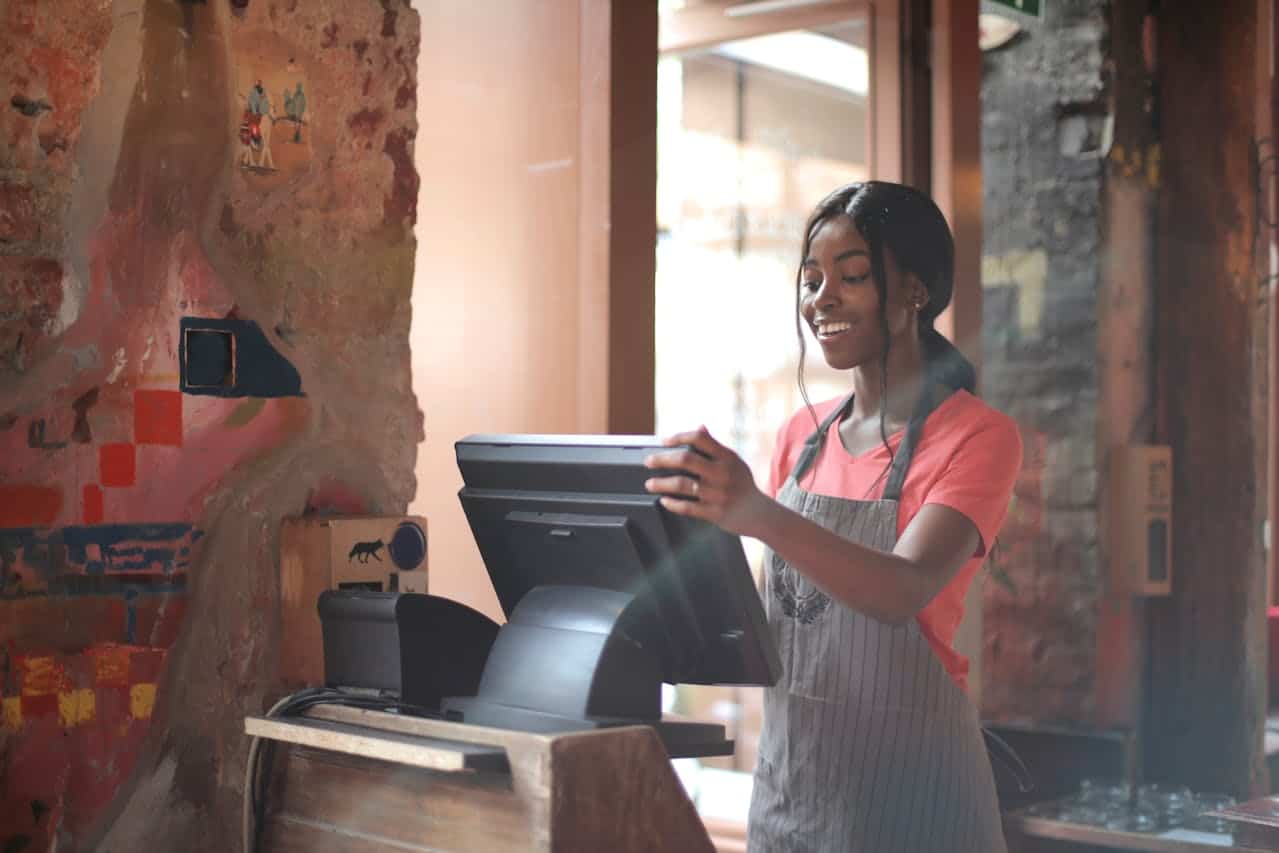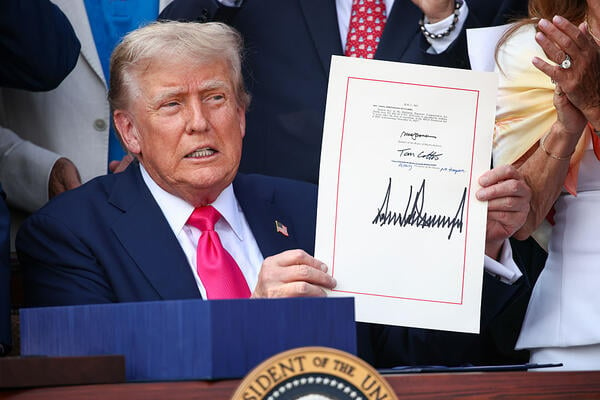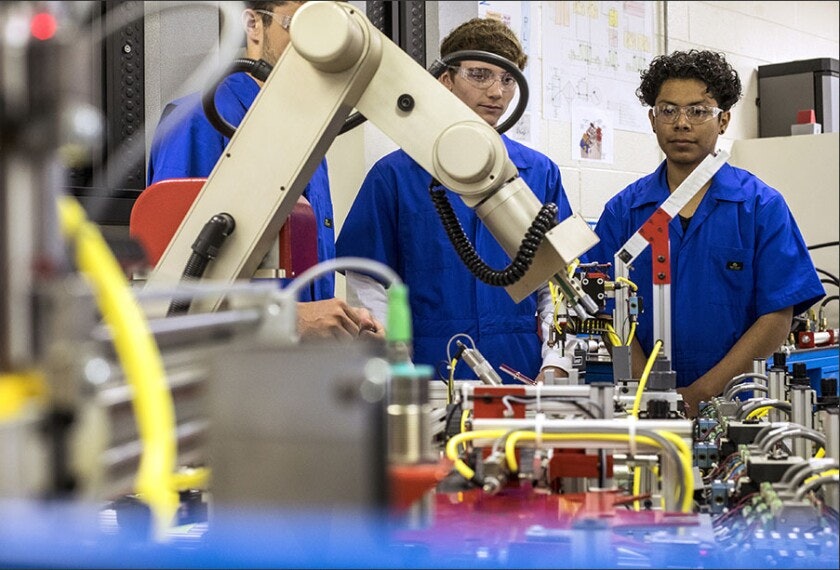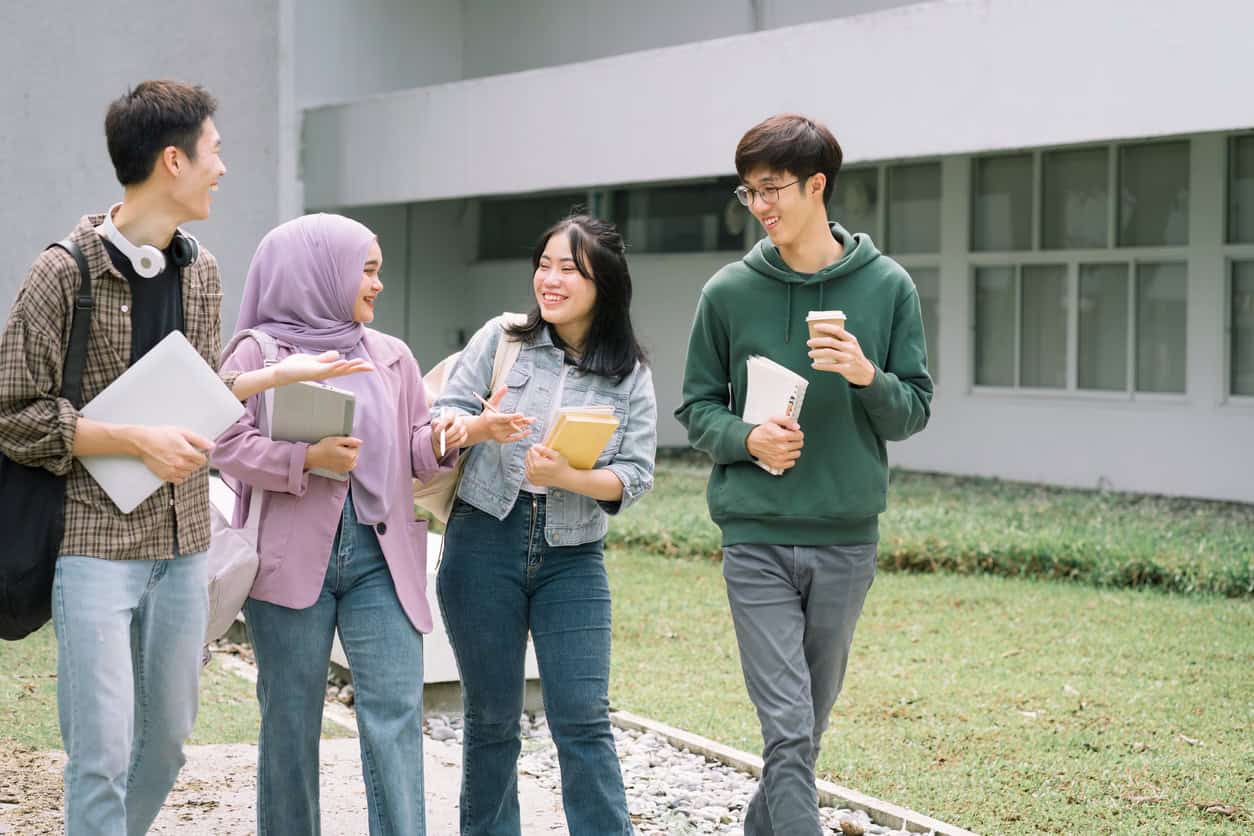In a digitally-driven world, artificial intelligence (AI) has become the latest technology that either will save or doom the planet depending on who you speak with. Remember when telephones (the ones that hung on the wall) were dubbed as privacy invaders? Even the radio, television, and VHS tapes were feared at the beginning of their existence. Artificial intelligence is no different, but how can we ease the minds of those educators who have trouble embracing the newest innovation in emerging technologies? A shift in the fundamental mindset of educators and learners will be vitally important as AI becomes more and more commonplace. To guide this transformative learning process, critical thinking will become an invaluable commodity.
The critical thinking model developed by Dr. Richard Paul and Dr. Linda Elder is pragmatic and fosters the critical thinking skills needed to navigate AI. Critical thinking is defined by Paul and Elder as “the art of analyzing and evaluating thought processes with a view to improving them” (Paul and Elder 2020, 9). The key is to teach your students ways to improve their thinking and using the Paul and Elder model can be an effective tool.
Navigating the Disorienting Dilemma
As we reason through this innovative technology, we will question truth and reality. Teaching students to analyze critically the information generated from AI chatbots will become necessary for a progressing society. Determining fact from fiction will be a skill that dedicated educators will train their students to harness in the work they complete.
Mezirow (1994, 224) contended that a transformative learning experience starts with a disorienting dilemma that causes an individual to question their understanding of previous assumptions by critically reflecting, validating the critical reflection with insight, and acting upon the new information. I, like many I assume, believed that artificial intelligence was a far-fetched concept that would only be real in the movies; however, AI is here and large-language models, such as Chat-GPT and Gemini, are only going to get more sophisticated with time. I also realized that once I was exposed to the Paul and Elder model for critical thinking in grad school, I was ignorant. I had my transformative moment when I realized that critical thinking is more complex than I thought and that I would need to step up my thinking game if I wanted to become an advanced thinker. Artificial intelligence will challenge even the most confident thinkers. Determining fact from fiction will be the disorienting dilemma that will lead us on this transformative journey. As educators, three strategies that we can use to support this transformation with students are to step up our thinking game, model critical thinking, and use AI for our benefit.
Step Up Your Thinking Game
An advanced thinker not only poses questions to others but focuses within. Understanding the why behind reasoning, acknowledging personal biases and assumptions, and valuing other’s perspectives are key to developing critical thinking skills. The reason that you and your students choose to use AI should be clear and intentional. AI is a tool that produces instantaneous solutions. The resulting details from AI should be analyzed for accuracy, logic, and bias. Results should be compared with multiple sources to ensure that the information, the conclusions, and the implications are precise and complete. Practicing these strategies fosters the development of intellectual virtues, such as intellectual humility, intellectual autonomy, and intellectual integrity.
Model Critical Thinking
As educators, we serve as leaders. Ultimately, our students look up to us and use our guidance in their learning. By modeling critical thinking with students, you are leading the way to fostering intentional questioning, ethical principles, and reflective practices. A start is to change the focus of your teaching from the expectation that students regurgitate information to focusing on more challenging, thought-provoking content that fosters thinking. AI can be a helpful tool for coming up with ideas, helping to shape lesson plans, and designing activities, but the real work will come from designing authentic questions that students can be trained to ask regardless of what the AI generates, such as:
- How can I verify the validity and accuracy of this information?
- Does the response represent logical and in-depth details?
- Is the information precise, significant, and relevant to the knowledge that I am seeking?
- Are perspectives that differ from mine represented or can I recognize bias in the information?
- What other questions could be asked to dive deeper and more concisely into the information?
Use AI for Your Benefit
Generating activity ideas or lesson plans, creating rubrics, and assisting with basic writing tasks are three ways to easily get started with an AI chatbot. If the output is not what you expected or is incomplete, continue to give the chatbot more information to drive the chatbot to produce the desired outcome. Once you begin practicing with an AI chatbot, achieving your desired outcomes will become second nature.
Using learning outcomes as the basis for an inquiry provides AI with the information needed to generate an activity or lesson plan in seconds with objectives, timed components, suggestions for implementation, a materials list, closing, and follow-up ideas for the activity. Try typing a statement into an AI chatbot, such as ChatGPT or Gemini, and be amazed at the magic. When formulating your inquiry, remember to start with the end goal in mind and describe to AI the output you want. For example, type “Use this learning outcome to create an activity: (add learning outcome)”. AI will generate a comprehensive activity with all the bells and whistles.
Rubric development can be a cumbersome process; therefore, using AI to generate a rubric for a project that you have poured sweat and tears into creating is a very simple and time-saving process. Ask AI to generate a rubric based on the information and directions that you give your students. If the generated rubric is not the right style or in the right format, simply refocus the AI chatbot by being more explicit in your instructions. For example, you may need to be as specific as “Create an analytic rubric with 100, 90, 80, 70, and 0 as the levels of performance using the following expectations for the assignment (paste directions and outcomes). As always, use your critical thinking skills to evaluate the rubric and edit it to best meet your needs before sharing it with students.
Use AI to assist you with generating clearer and more concise messages. When creating an email, giving student feedback, or writing in general, a quick and easy way to use AI to assist you is to give the command “make this sound better” and plop in your message. When teaching your students to use AI, have them question the output that was generated. For example, “Why is this statement more clear and concise than my original thought” or “What can I learn from how AI changed my verbiage?” Focusing on the “why” of the produced information will be the key to fostering critical thinking with your students.
AI is a resourceful and impactful, yet imperfect tool. Fostering critical thinking with your students will help them develop the skills needed to recognize bias, inaccuracies, and AI hallucinations. With the practice of creating specific instructions and questioning the outcome, students will learn to trust themselves to defend AI-generated information.
Dr. Tina Evans earned her Ed.D. in Adult Education from Capella University in 2024. With over 25 years of experience in the education field, she brings deep expertise in higher education curriculum design, technology integration, and evidence-based practices for adult learners. Driven by a passion for critical thinking and a genuine commitment to supporting others, Dr. Evans continues to make a meaningful impact in both her professional and personal spheres.
References
Mezirow, J. 1994. “Understanding Transformation Theory.” Adult Education Quarterly, 44 (4): 222-232. https://journals.sagepub.com/doi/10.1177/074171369404400403
Paul, Richard, and Elder, Linda. 2020. The Miniature Guide to Critical Thinking: Concepts and Tools, 8th ed. Rowman & Littlefield.

